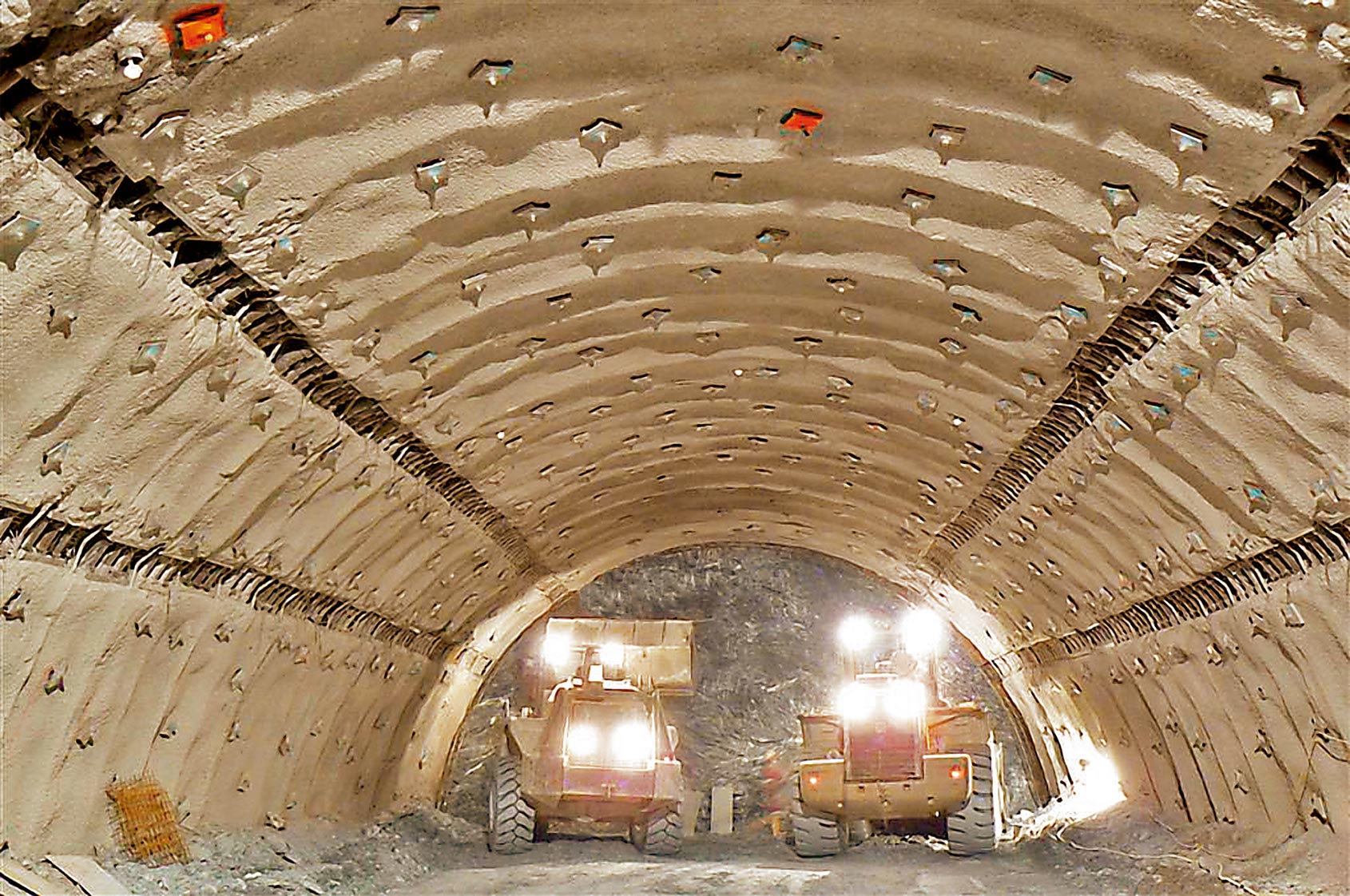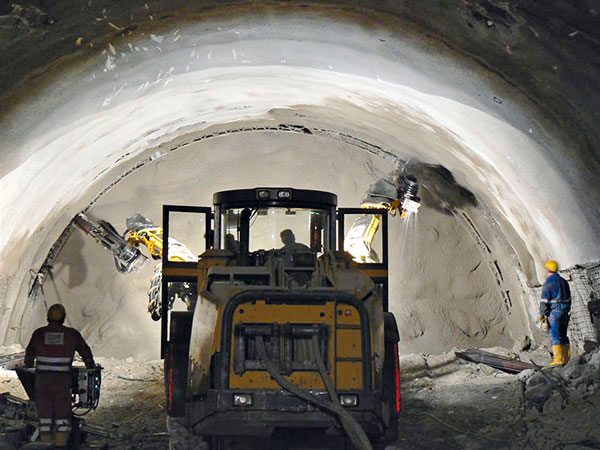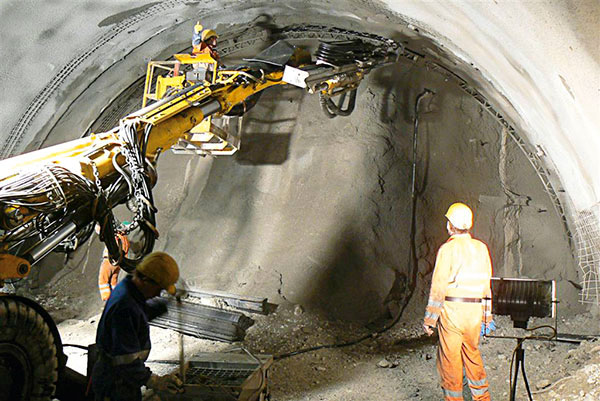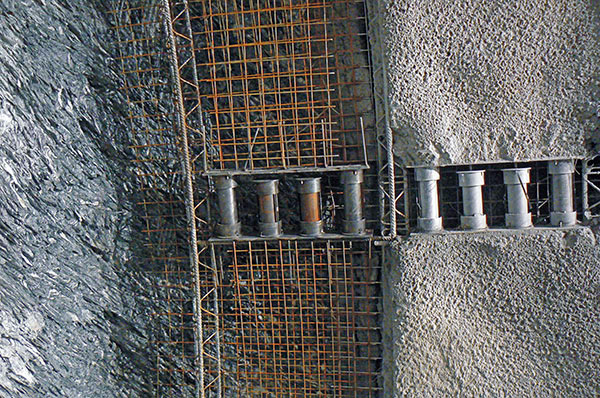



Tauern Tunnel’s Second Tube Completely Driven and Secured using DSI Tunnel Solution Systems
The Tauern Highway ranks among the most important north-south transportation links in Austria. For transalpine on-road passenger and goods traffic, it is one of the essential routes crossing the Alps. Of the 12 tunnels on this highway with a total length of approx. 24km, the 6.5km long Tauerntunnel is by far the longest and best known. It is one of the last two remaining single-tube tunnels and the major bottleneck of the Tauern Highway. To provide a continuous twolane highway connection, excavation works for the second tube started in September 2006.
According to the working schedule, the primary excavation is to be completed by the end of 2008. The opening for traffic is planned for midyear 2012. The construction of the first tube of the Tauerntunnel in the beginning of the 1970s marked a milestone not only in the Austrian Tunneling History. For the first time after World War II, a traffic tunnel was excavated in squeezing rock mass. Far beyond the borders of Austria, experiences gained during the construction of this project contributed to the worldwide development of modern tunneling techniques. The difficult ground conditions at the Tauern - tunnel resulted from the need to excavate through a thrust plane as well as from the superimposition height of over 1,000m. Another technical challenge in the course of the construction works worth mentioning was the heading through a debris slope with an approximate length of 330m. The material in this area primarily consists of cohesionless fine to middle grained gravel that is partially interspersed with larger boulders. All rock reinforcement and support systems such as Lattice Girders, Rebar Rock Bolts with special rib geometry for squeezing rock mass conditions, Forepoling Boards, and Injection Spiles- just to mention a few- were exclusively distributed by DSI.
Especially during excavation through the debris slope zone, 2.5-3.0m long forepoling boards which were rammed into the ground above the lattice girders proved their capability as pre-support system for the extremely difficult ground conditions in this area. Due to squeezing rock mass conditions, longterm deformations of up to 1.2m were measured during construction of the first tunnel tube. These large deformations lead to overstressing and a complete rupture of the shotcrete lining. As a consequence, longitudinal deformation gaps were introduced to divide the tunnel lining into sections to protect the shotcrete against overstressing. By doing so, the shotcrete lining could accomodate larger displacements without damage up to the point when the defor mation gaps were closed because of radial displacements. However, a disadvantage of this method was that the required load-bearing capacity of the shotcrete lining could not be provided due to the division into segments. As a consequence, additional and uncontrolled displacements did take place that had a negative effect on the excavation. To eliminate this disadvantage, today, deformable ductile elements are placed into deformation gaps when they are employed under these conditions. These so-called AT – LSC-Elements (Lining Stress Controllers) were developed at Graz University of Techno - logy in cooperation with DSI, which is responsible for the exclusive worldwide distribution of this patented support system for squeezing rock mass conditions. By using AT – LSC-Elements, large deformations that occur during excavation of the second tube of the Tauerntunnel can be controlled and the load bearing capacity of the support and ductility of the tunnel lining is ensured. In com bination with AT – LSC-Elements, rebar rock bolts with an ultimate load of 350kN and special rib geometry for squeezing rock masses (related rib area between 0,02 and 0,04) ensured the excavation through difficult ground at the Tauerntunnel project. DSI is proud to contribute to this prestigious traffic infrastructure project with its comprehensive assortment of tunneling solutions. After finalization of the second tube, traveling along the Tauern Highway will become safer and delays will be eliminated.
